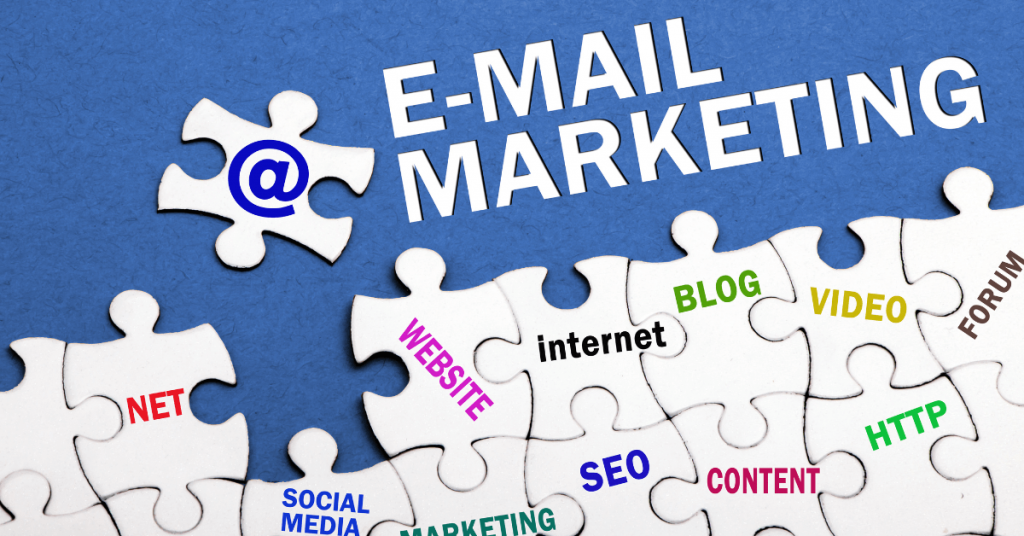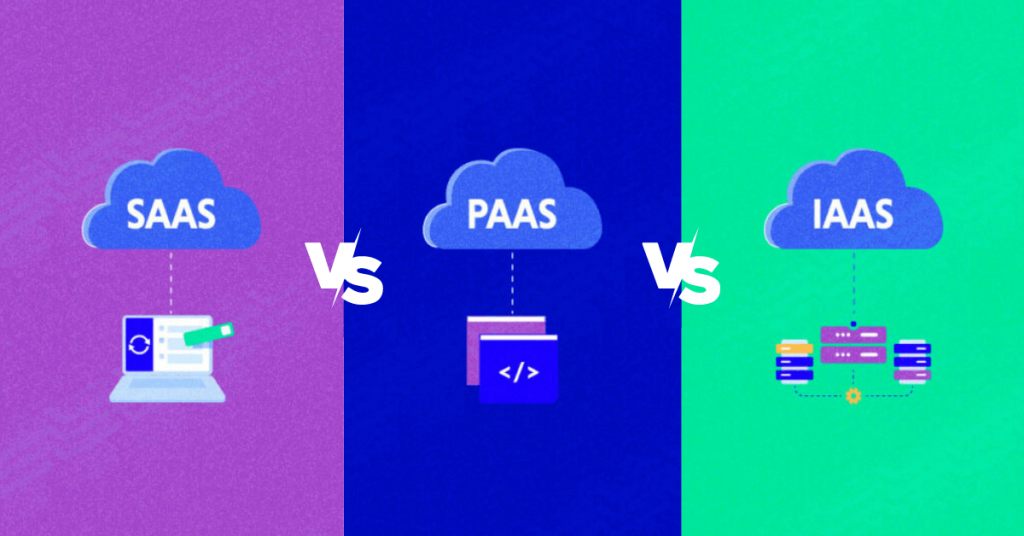The key to success lies in employing strategies that not only enhance conversion rates but also drive substantial revenue growth. Whether you’re a seasoned SaaS professional or just stepping into the realm, these actionable strategies will help you navigate the complex world of B2B sales with finesse.
We all know how the industry is dependent on SaaS (software as a service) products. According to enterprises, 70% of their software solutions are SaaS products and it is anticipated a rise to 85 percent by 2025.
However, having a great product without a proper SaaS Sales strategy is not enough in this competitive market. There are a number of factors that can determine whether or not your company can distinguish itself from these rivals.
So to overcome this difficulty we will especially focus on B2B SaaS sales in this article. Also, will discuss various components of a successful B2B SaaS Sales strategy.
Let’s dive in!
What Is A SaaS Sales Strategy?
A SaaS (Software as a Service) sales strategy is a set of planned and coordinated actions designed to effectively market and sell a SaaS product to potential customers. SaaS sales strategies aim to attract, convert, and retain customers by addressing their specific needs, showcasing the value of the SaaS solution, and guiding them through the purchasing process. These strategies often involve a combination of marketing, sales, and customer relationship management techniques.
The key components of a SaaS sales strategy are target audience & segmentation, value proposition, lead generation & nurturing, pricing strategy, customer success & onboarding, upselling and Cross-selling, feedback, etc.
Overall, an effective SaaS sales strategy focuses on delivering value to customers, building trust, and guiding them through the entire customer journey, from initial awareness to becoming loyal advocates for the product.
10 Best B2B SaaS Sales Strategies to Boost Conversion and Drive Revenue
Boosting conversions and driving revenue in the B2B SaaS industry requires a combination of targeted strategies that focus on customer needs, effective communication, and value delivery. Here are ten proven B2B SaaS sales strategies to achieve these goals:
1. Understanding Your Target Audience
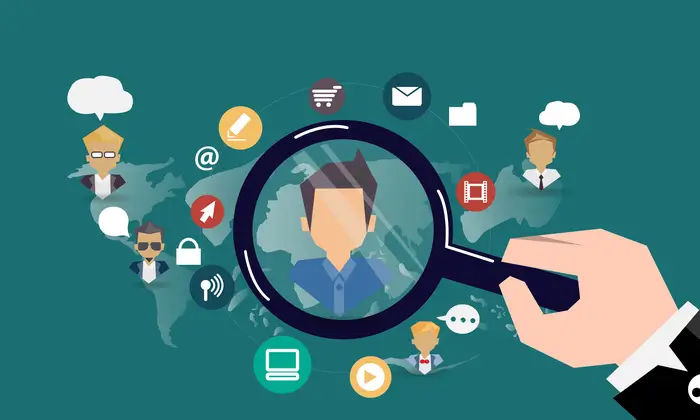
Defining Ideal Customer Profiles (ICPs):
Regarding B2B SaaS sales, not all potential customers are equal. Defining Ideal Customer Profiles (ICPs) is the foundation of effective targeting. Consider segmenting potential clients based on industry, company size, geographic location, and pain points. By creating a comprehensive ICP, you can tailor your messaging and approach to resonate specifically with the needs of each segment.
Buyer Personas:
Going beyond ICPs, buyer personas provide a detailed human touch to your target audience. Develop detailed personas that encompass demographics, job roles, responsibilities, challenges, and goals. This helps you craft messaging that speaks directly to the individual’s role within the company and their pain points. The more personalized your approach, the higher the chances of capturing their attention and converting them into customers.
2. Implementing Value-Based Pricing
Value Proposition Clarity:
In a world inundated with options, your SaaS solution must stand out by clearly communicating its value proposition. This requires succinctly explaining how your product addresses specific pain points and solves challenges faced by your target audience. Your value proposition should answer the question: “Why should customers choose your SaaS over others?” Use compelling language that resonates with their needs and aspirations.
Tiered Pricing Models:
Pricing can be a make-or-break factor for many potential clients. Tiered pricing models provide a solution by catering to a variety of budgets and needs. Consider offering tiers that range from a basic, affordable package to premium offerings with advanced features. Clearly outline the features and benefits of each tier so customers can make informed decisions based on their requirements. This flexibility not only increases conversion rates but also enhances customer satisfaction.
3. Leveraging Social Proof and Trust
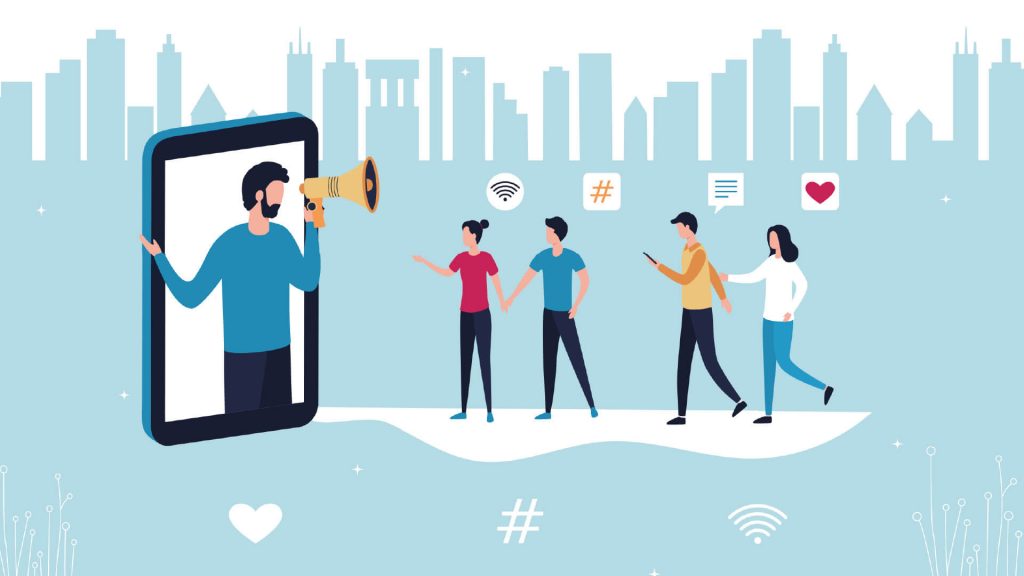
Customer Testimonials:
Humans are wired to seek validation from others before making decisions. Customer testimonials play a pivotal role in building trust. Collect and showcase testimonials that highlight the positive experiences and results your SaaS solution has delivered for existing clients. To make these testimonials resonate even more, consider using video testimonials. Videos allow potential customers to connect emotionally with real people who have benefited from your solution.
Case Studies:
While testimonials offer a snapshot of success, case studies provide an in-depth narrative of how your SaaS solution transformed a client’s business. Share stories that outline the challenges the client faced, the strategies implemented, and the measurable outcomes achieved using your product. Include key metrics and data to quantify the results. This not only builds trust but also offers potential customers a roadmap for achieving similar success.
4. Free Trials and Freemium Models
Limited Free Trials:
Free trials give potential customers a taste of the value your SaaS solution brings. Opt for limited-time trials that provide unrestricted access to premium features. During the trial period, track user behavior and engagement. This data will help you tailor your follow-up communication by addressing specific pain points or demonstrating how the features they engaged with during the trial can contribute to their business success.
Freemium Model:
The freemium model introduces your SaaS to a wider audience by offering a basic version of your product for free. However, it’s crucial that the free version provides genuine value and addresses a real pain point. By showcasing the effectiveness of your product in solving a specific challenge, you pique the interest of potential customers. As they become familiar with your solution, they’ll be more inclined to explore the premium features offered.
5. Personalized Onboarding Experience
Customized Onboarding Plans:
The onboarding process is the initial touchpoint between your customer and your product. Customized onboarding plans acknowledge the uniqueness of each customer’s needs. Conduct thorough needs assessments to understand their pain points and goals. Tailor the onboarding journey to address these specific challenges. By guiding them through the setup and initial usage, you set a positive tone for their entire experience.
Dedicated Onboarding Specialist:
Assigning a dedicated onboarding specialist adds a personal touch to the customer’s journey. This specialist becomes the customer’s go-to person for any questions or concerns during the onboarding process. The specialist not only assists with technical aspects but also helps the customer understand how to make the most of the features available. This hands-on approach fosters a sense of trust and support from the very beginning.
6. Continuous Customer Engagement
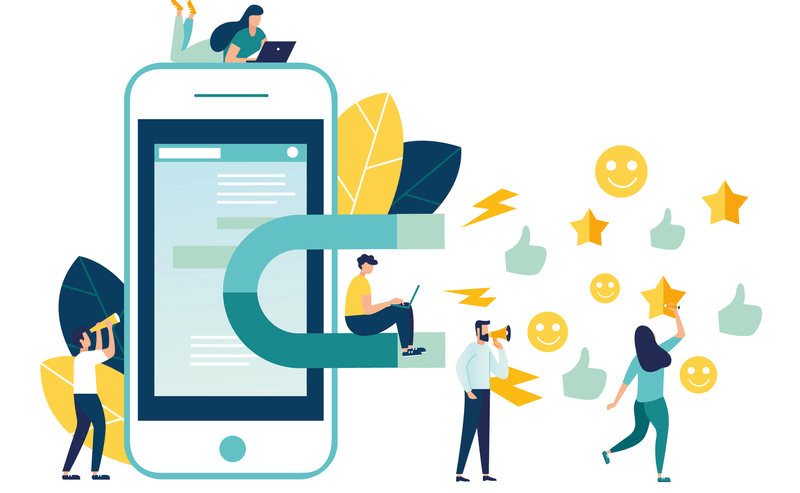
Regular Email Newsletters:
Engagement shouldn’t stop after the sale. Regular email newsletters are an effective way to stay connected with your customers. Share product updates, industry insights, and best practices that can help them maximize the value of your solution. Include links to relevant resources, blog posts, and success stories. This consistent communication keeps your brand top of mind and positions you as a valuable partner.
Webinars and Workshops:
Webinars and workshops offer a dynamic platform for educating your customers further. Host interactive online sessions that showcase advanced features, share best practices, and dive into industry trends. Encourage participation through Q&A sessions to address specific queries and concerns. Webinars not only enhance customer knowledge but also provide an opportunity for direct engagement, strengthening the customer relationship.
7. Data-Driven Decision Making
Advanced Analytics:
Data isn’t just a buzzword; it’s a valuable asset for your customers. Provide them with advanced analytics that offer insights into their usage patterns. Highlight key metrics related to their specific goals and challenges. This helps them understand how effectively they are leveraging your SaaS solution and identify areas for optimization. The more data-driven value you offer, the more indispensable your solution becomes.
Predictive Analytics:
Take analytics a step further by incorporating predictive insights. By analyzing historical usage patterns and data trends, you can anticipate potential challenges and opportunities your customers might encounter. Provide actionable recommendations based on these insights. This proactive approach positions you as a trusted advisor who not only solves current problems but also helps customers prepare for the future.
8. Streamlined Customer Support
24/7 Help Center:
Customers value self-sufficiency. A robust online help center, available 24/7, empowers them to find solutions independently. Populate the help center with detailed FAQs, troubleshooting guides, and video tutorials. This not only reduces the load on your support team but also allows customers to quickly resolve issues on their own terms. The self-help approach contributes to a positive user experience.
Live Chat and Priority Support:
For urgent issues that can’t wait, live chat support is a lifesaver. By offering real-time chat assistance, you provide immediate solutions to customers’ problems. Additionally, consider offering priority support to higher-tier customers. This ensures that those who invest more in your solution receive a higher level of personalized care. Swift, responsive support solidifies the perception of your SaaS as a reliable partner.
9. Referral Programs
Customer Advocacy Initiatives:
Happy customers are your best advocates. Implement referral programs that incentivize satisfied customers to refer new clients. Recognize and reward top advocates within your community. This fosters a sense of belonging and recognition, turning customers into brand ambassadors. Word-of-mouth recommendations carry immense weight and can significantly boost your conversion rates.
Partner Programs:
Collaboration amplifies your reach. Partner with complementary SaaS providers to offer bundled solutions at a discounted rate. This cross-promotion benefits both parties by introducing your SaaS to new audiences. Partner networks expand your visibility, attract fresh leads, and tap into untapped customer segments. Collaborative partnerships reinforce the notion that your solution is part of a comprehensive ecosystem.
10. Continuous Product Iteration
User Feedback Integration:
Your customers’ insights are a goldmine. Actively collect feedback through surveys, feedback forms, and in-app user behavior analysis. This not only shows your commitment to improvement but also involves customers in shaping the future of your product. Analyze their suggestions, prioritize feature requests, and communicate transparently about updates. By addressing user needs, you create a sense of ownership and loyalty.
Agile Development:
The market is in a constant state of flux. Adopt an agile development approach to ensure your SaaS solution remains relevant and competitive. Regularly release updates, enhancements, and new features to keep your offering fresh and exciting. Agile development allows you to swiftly adapt to evolving customer needs and stay ahead of industry trends. This commitment to innovation keeps customers engaged and eager to explore what’s new.
Conclusion – B2B SaaS Sales Strategies
In the realm of B2B SaaS sales, these ten strategies serve as your arsenal for achieving not only increased conversion rates but also sustained revenue growth. From understanding your audience to leveraging social proof, delivering personalized experiences, and embracing data-driven insights, each strategy contributes to a holistic approach that resonates with modern customers.
Remember, while these strategies provide a solid foundation, adaptation is key. Every business has unique needs and challenges, so customize these techniques to align with your specific context. By implementing these strategies with dedication, you’re not just enhancing your sales efforts; you’re building lasting partnerships that drive mutual success. Propel your B2B SaaS sales journey forward and watch your conversion rates and revenue soar to new heights!
